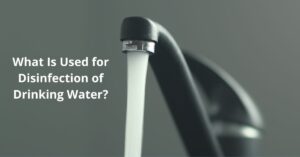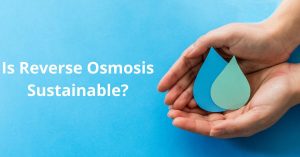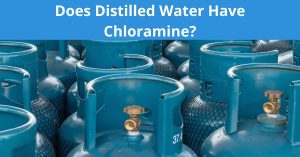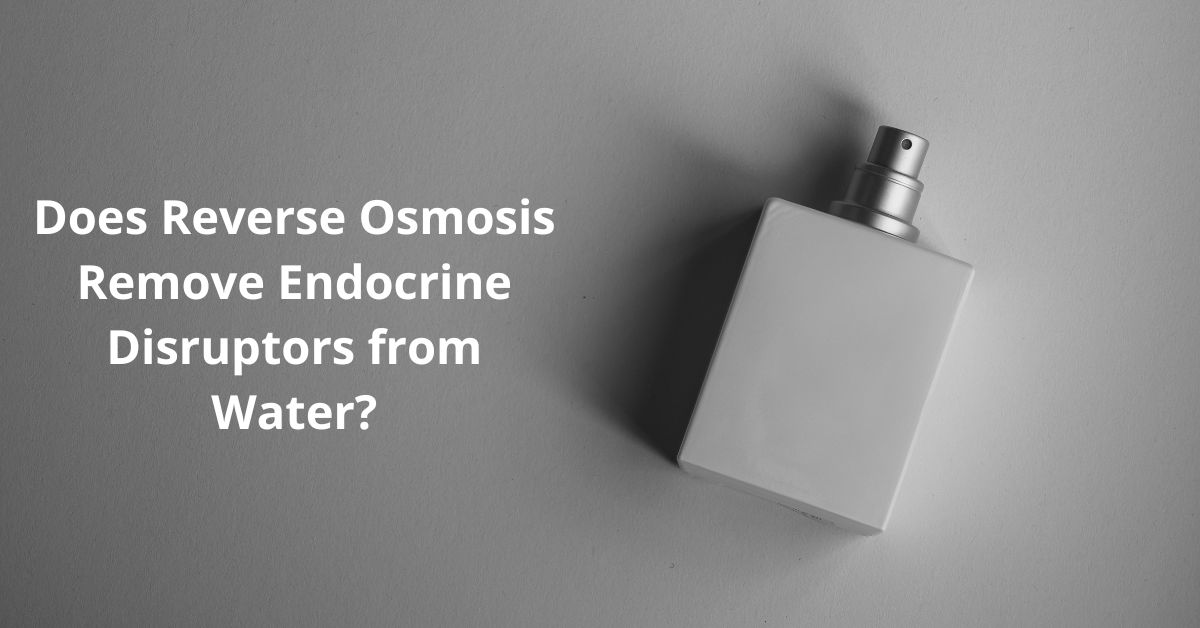
Does Reverse Osmosis Remove Endocrine Disruptors from Water?
How to Get Rid of Endocrine Disruptors in Water?
I recently listened to an incredibly eye-opening episode of The Diary of a CEO podcast featuring Yvonne Burkart, PhD — a toxicologist with a wealth of knowledge about the hidden chemicals in our daily lives. It was one of those conversations that made me stop and think about just how many toxins we’re unknowingly exposed to every single day in our food, cleaning products, skincare, and, of course, our water.
One topic that really stood out was endocrine disruptors. These chemicals can interfere with the body’s natural hormone systems, and even in tiny amounts, they can throw things off balance. As someone who’s passionate about clean living and safe water, I wanted to dig deeper into how we can reduce our exposure, especially through the water we drink and use every day.
What Are Endocrine Disruptors?
Endocrine disruptors are substances that mimic or interfere with the hormones our bodies produce naturally, like oestrogen, testosterone, and thyroid hormones. They can send mixed signals to our endocrine system, which regulates everything from metabolism and growth to mood and reproductive health.
Some common examples include BPA (found in plastics), phthalates (used in fragrances and soft plastics), pesticides, flame retardants, and PFAS — the so-called “forever chemicals.” These substances are called “forever” because they don’t easily break down in the environment or in our bodies.
The scary part is that endocrine disruptors can be found almost everywhere: in food packaging, cosmetics, non-stick cookware, cleaning products, and, yes, in tap water. Over time, constant low-level exposure can build up and affect our health in subtle but significant ways.
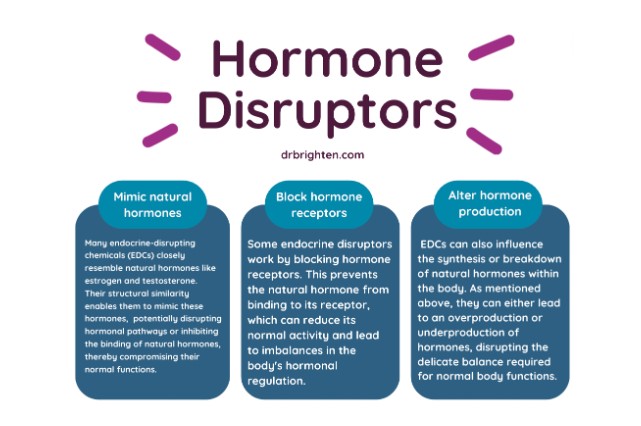
Source: Drbrighten.com (https://drbrighten.com/endocrine-disruptors-and-fertility/)
How Do Endocrine Disruptors Get Into Water?
Many of these chemicals enter our water supply through industrial waste, agricultural runoff, and household drains. For example, PFAS (per- and polyfluoroalkyl substances) are widely used in waterproof clothing, food wrappers, and fire-fighting foams. Because they don’t break down, they eventually leach into groundwater and rivers, ending up in our tap water.
Traditional water treatment plants aren’t designed to remove these complex chemicals. So, even if your water is “safe to drink” by regulatory standards, it can still contain trace amounts of endocrine-disrupting compounds.
Does Reverse Osmosis Remove Endocrine Disruptors?
The good news is that reverse osmosis (RO) is one of the most effective ways to remove endocrine disruptors from drinking water.
A reverse osmosis drinking water filter uses a semi-permeable membrane that can remove contaminants as small as a fraction of a micron. That’s incredibly fine! This process can effectively filter out PFAS, pharmaceutical residues, pesticides, heavy metals, microplastics, and many other endocrine-disrupting chemicals that other filters often miss.
When combined with activated carbon and sediment filters, RO systems can provide multiple layers of protection, not just against visible impurities, but also against the invisible toxins that may be affecting your hormones and overall health.
Other Ways to Reduce Exposure
While clean water is a huge step, endocrine disruptors are not only in what we drink. Here are some practical ways I’ve found helpful to reduce overall exposure:
• Avoid plastic containers whenever possible, especially for food and drinks. Use glass or stainless steel instead.
• Skip fragranced products like air fresheners and scented candles, which often contain phthalates.
• Choose natural cleaning and personal care products without synthetic chemicals or “parfum.”
• Filter your shower and bath water. The skin is our largest organ, and warm water opens pores, allowing more absorption. A quality house water filter can help reduce chlorine, PFAS, and other contaminants across your entire home.
• Eat organic where possible, to avoid pesticide residues on produce.
Choosing the Right Water Filtration System
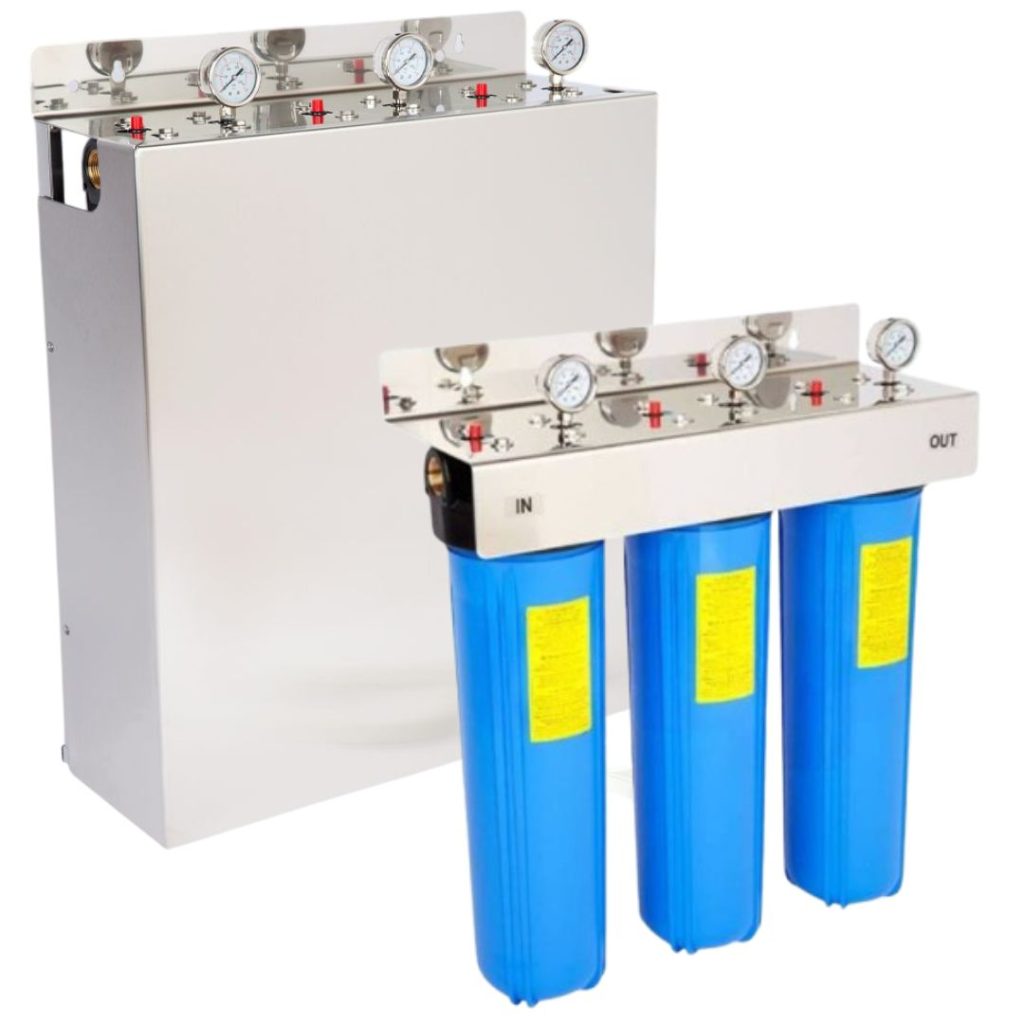
If you’re looking for protection against PFAS and other endocrine disruptors, I always recommend starting with a reverse osmosis drinking water filter for your kitchen. It’s the most thorough option for drinking and cooking water.
For whole-home protection, a house water filter that includes a PFAS water filtration media can ensure that your shower, laundry, and bathroom water are also as clean as possible.
Every household is different, so it’s worth finding a setup that matches your water source, family size, and needs.
Making Informed Choices
Listening to Yvonne Burkart reminded me how much control we actually have over our exposure to toxins. While we can’t eliminate every source of endocrine disruptors, being intentional about our choices, especially when it comes to the water we drink and use daily, can make a big difference over time.
Clean water is more than just a basic need; it’s a foundation for hormonal balance, energy, and overall wellbeing. And with the right PFAS water filtration or reverse osmosis drinking water filter, we can take meaningful steps toward protecting ourselves and our families from the invisible threats hiding in our taps.

